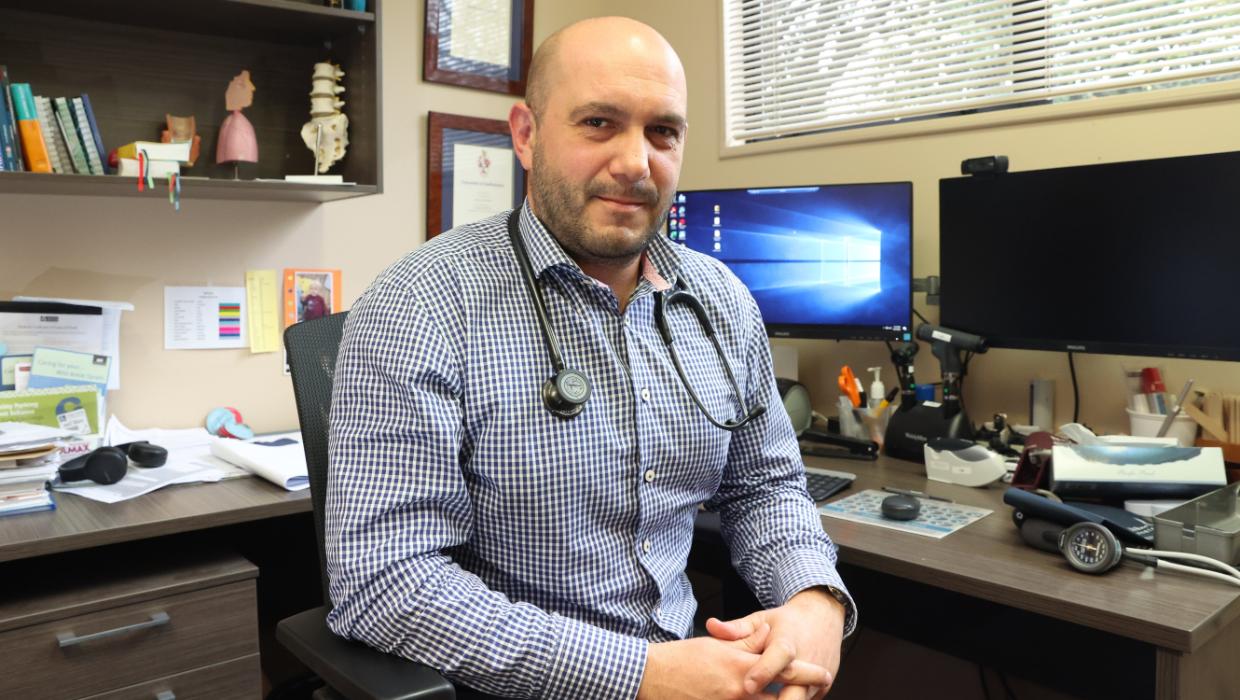Health
Regional Disparities in GP Visit Costs Highlight Funding Issues

The cost of visiting a general practitioner (GP) in New Zealand shows significant regional disparities, with patients facing vastly different fees depending on their location. In the West Coast region, the average cost for a GP visit is approximately $33.82, while in the Hutt Valley, patients pay around $60.03. In stark contrast, Wellington has the highest average fee at nearly $70, raising concerns about equity in healthcare access across the country.
Government subsidies designed to stabilize GP fees have been in place for two decades. However, according to Health Minister Simeon Brown, prolonged underfunding has led to some clinics shutting down or reducing their services, forcing them to impose additional charges on patients. In response, corporate-owned clinics and online health platforms are increasingly filling the void left by traditional practices.
Government Initiatives to Address Funding Challenges
Both major political parties are now addressing these funding issues. The Labour Party has proposed a plan to offer three free GP visits annually, while the National Party is focusing on revising the funding structure to enhance financial support for primary care.
Under the current system, GPs can only raise their co-payment fees—what patients pay for a visit—by a limited amount each year. Funding is allocated through a capitation model, which compensates clinics based on the number of enrolled patients and their demographic profiles. GPs submit pricing recommendations to Health NZ, but these recommendations often face reductions due to stringent funding limits.
Before the capitation model was implemented, clinics operated under a fee-for-service structure, allowing them to set fees based on local patients’ ability to pay. This meant that clinics in lower-income areas typically charged less, but the introduction of capitation has shifted this dynamic.
To address the inadequacies of the current funding model, Minister Brown announced plans to expand capitation funding criteria to include factors such as deprivation, rurality, and multimorbidity. Rachel Pearce, acting director of Living Well at Health NZ, emphasized that the existing funding formula is outdated and fails to reflect the complexities of modern healthcare needs.
Concerns from Healthcare Professionals
“Capitation funding has been kept below the rate of inflation in 19 of its 21 years,”
stated Luke Bradford, president of The Royal NZ College of General Practitioners. For the 2024/25 fiscal year, the increase has been limited to 7.76%, aligning more closely with inflation rates.
Despite these pressures, many GPs choose not to raise fees, prioritizing patient access over profit margins. Bradford noted that rural practices are particularly affected, often struggling to remain viable. “If you’re rural, you often haven’t got that many in your catchment, but you have to serve it because you’re the only one for miles,” he explained. Lower rents in rural areas do not offset challenges in attracting skilled staff, as clinics cannot offer competitive salaries.
The Very Low Cost Access (VLCA) scheme helps maintain lower fees by ensuring that eligible patients can access services for less. Community Services Card holders pay $20 for those aged 18 or older, $13.50 for ages 14 to 17, and $30.50 for non-card holders at VLCA practices.
In response to inequities in GP costs, Ayesha Verrall, Labour’s health spokesperson, criticized the current system as unfair. The Labour Party’s proposed Medicard scheme aims to eliminate financial barriers, particularly for those who may avoid necessary healthcare visits due to high costs. Bradford welcomed this initiative, stating that an Independent Pricing Authority could help establish a national rate for GP funding that reflects actual costs and patient needs.
Minister Brown also asserted that the government is making significant investments in primary care funding, marking what he called the largest funding boost in New Zealand’s history. He noted that during Labour’s tenure, GP fees have risen by around 30%, complicating access for many New Zealanders.
As the political landscape evolves, healthcare affordability remains a key issue. Brown highlighted additional measures to improve access, including extending prescriptions to 12 months, potentially saving patients up to $105 in annual GP fees.
The average co-payment for a GP visit varies widely across New Zealand, reflecting the regional disparities in healthcare access. Here are the average co-pays (including GST) per district for the 2024/25 period:
– Auckland: $63.57
– Bay of Plenty: $59.97
– Canterbury: $62.08
– Capital and Coast: $69.49
– Counties Manukau: $60.51
– Hawke’s Bay: $61.05
– Hutt Valley: $60.03
– Lakes: $51.42
– MidCentral: $58.73
– Nelson Marlborough: $58.42
– Northland: $50.73
– South Canterbury: $54.19
– Southern: $59.55
– Taranaki: $62.60
– Waikato: $57.14
– Wairarapa: $49.99
– Waitematā: $66.93
– West Coast: $33.82
– Whanganui: $52.41
As New Zealand grapples with these healthcare funding challenges, the push for reforms continues, aiming to create a more equitable system for all citizens.
-

 World4 months ago
World4 months agoTest Your Knowledge: Take the Herald’s Afternoon Quiz Today
-

 Sports4 months ago
Sports4 months agoPM Faces Backlash from Fans During Netball Trophy Ceremony
-

 Lifestyle4 months ago
Lifestyle4 months agoDunedin Designers Win Top Award at Hokonui Fashion Event
-

 Sports4 months ago
Sports4 months agoLiam Lawson Launches New Era for Racing Bulls with Strong Start
-

 Lifestyle4 months ago
Lifestyle4 months agoDisney Fan Reveals Dress Code Tips for Park Visitors
-

 Health4 months ago
Health4 months agoWalking Faster Offers Major Health Benefits for Older Adults
-

 World4 months ago
World4 months agoCoalition Forms to Preserve Māori Wards in Hawke’s Bay
-

 Entertainment4 months ago
Entertainment4 months agoExperience the Excitement of ‘Chief of War’ in Oʻahu
-

 Politics4 months ago
Politics4 months agoScots Rally with Humor and Music to Protest Trump’s Visit
-

 Top Stories4 months ago
Top Stories4 months agoUK and India Finalize Trade Deal to Boost Economic Ties
-

 World4 months ago
World4 months agoHuntly Begins Water Pipe Flushing to Resolve Brown Water Issue
-

 Science4 months ago
Science4 months agoNew Interactive Map Reveals Wairarapa Valley’s Geological Secrets









